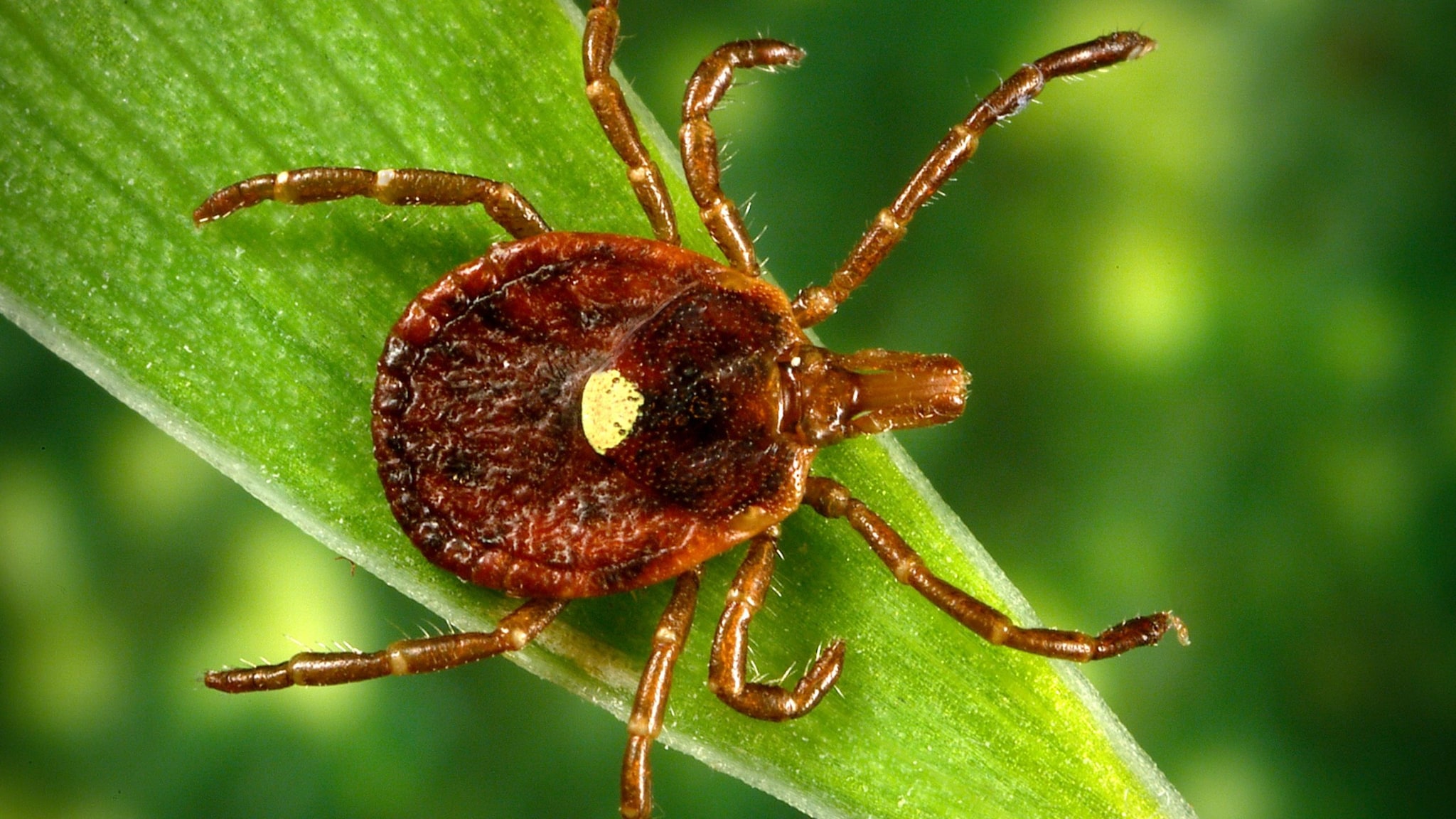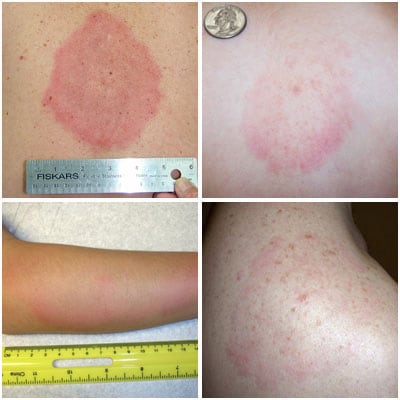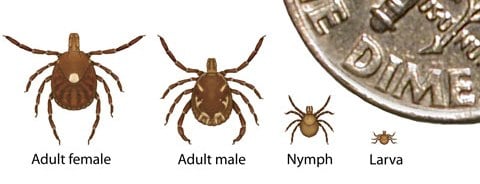Key points
- STARI is characterized by a red, expanding lesion that develops around the site of a lone star tick bite.
- The STARI rash is very similar to the Lyme disease rash. Though, it occurs most often in the Southern U.S., where Lyme disease is rare.
- The cause of STARI is unknown.

Overview
A rash similar to the rash of Lyme disease has been described in humans following bites of the lone star tick, Amblyomma americanum. The rash may be accompanied by fatigue, fever, headache, muscle and joint pains. This condition has been named southern tick-associated rash illness (STARI). The cause of STARI is not known, but studies have excluded Borrelia burgdorferi, the bacteria that causes Lyme disease, as its cause.
Signs and symptoms
The rash of STARI is a red, expanding lesion that develops around the site of a lone star tick bite. The rash usually appears within 7 days of tick bite and expands to a diameter of 3 inches (8 centimeters) or more, sometimes clearing as it enlarges to produce a target or "bull's-eye" appearance.
The rash should not be confused with much smaller areas of redness and discomfort that can occur commonly at the site of any tick bite. Patients may also experience fatigue, headache, fever, and muscle pains. The saliva from lone star ticks can be irritating; redness and discomfort at a bite site does not necessarily indicate an infection.

Causes
STARI is specifically associated with bites of Amblyomma americanum, known commonly as the lone star tick. Lone star ticks can be found from central Texas and Oklahoma eastward across the southern states and along the Atlantic coast as far north as Maine. The adult female is distinguished by a white dot or "lone star" on her back. All three life stages of A. americanum aggressively bite people.
Lone Star Tick Distribution, 2011

Diagnosis
STARI is diagnosed on the basis of symptoms, geographic location, and possibility of tick bite. Because the cause of STARI is unknown, no diagnostic blood tests have been developed. Researchers once hypothesized that STARI was caused by the spirochete, Borrelia lonestari; however, further research did not support this idea.
Treatment
It is not known whether antibiotic treatment is necessary or beneficial for patients with STARI. Nevertheless, because STARI resembles early Lyme disease, physicians will often treat patients with oral antibiotics.
Resources
- Wormser GP, Masters E, Liveris D, Nowakowski J, Nadelman RB, Holgren D, Bittker A, Cooper D, Wang G, Schwartz I. Microbiologic evaluation of patients from Missouri with erythema migrans. Clin Infect Dis 2005;40:423-8.
- Wormser GP, Masters E, Nowakowski J, McKenna D, Holgren D, Ma K, Ihde L, Cavaliere LF, Nadelman RB. Prospective clinical evaluation of patients from Missouri and New York with erythema migrans-like skin lesions. Clin Infect Dis 2005;41:958-65.
